Explorations of Infinity
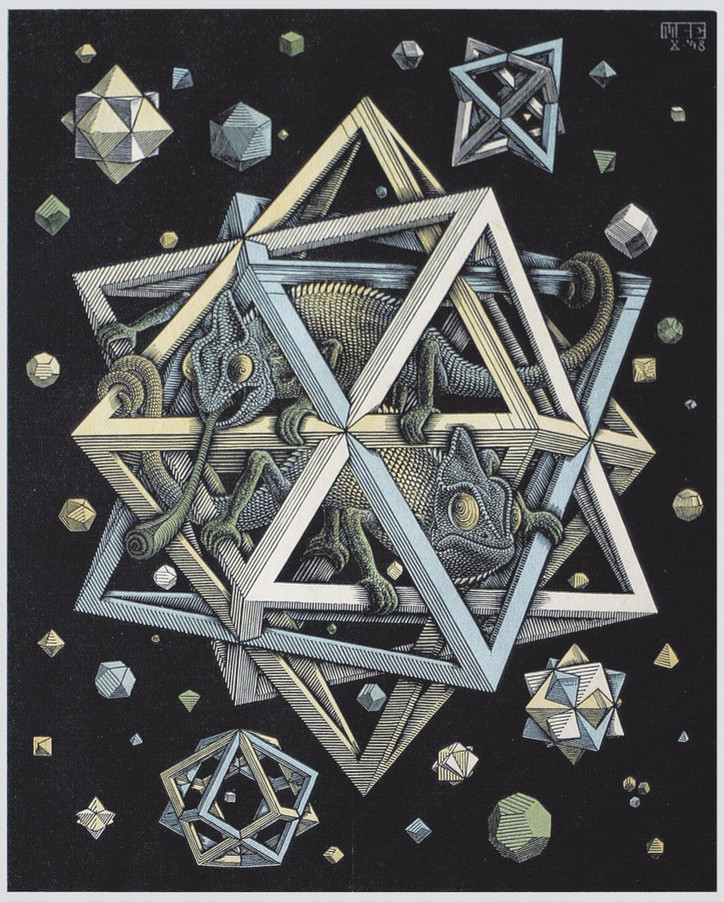
ESCHER. The Exhibition and Experience will be on view at Industry City until February 3, 2019, in Brooklyn.
Stay informed on our latest news!

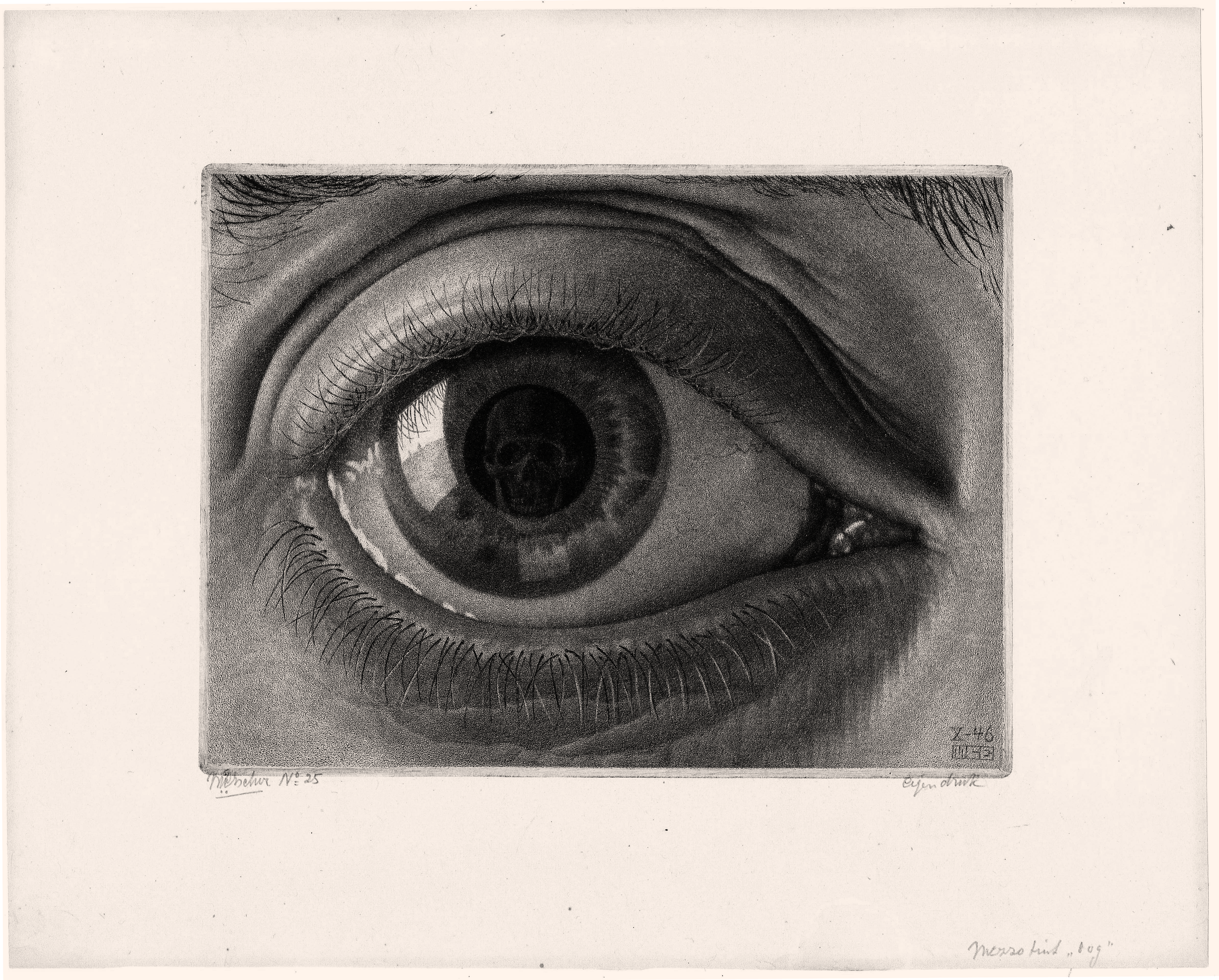
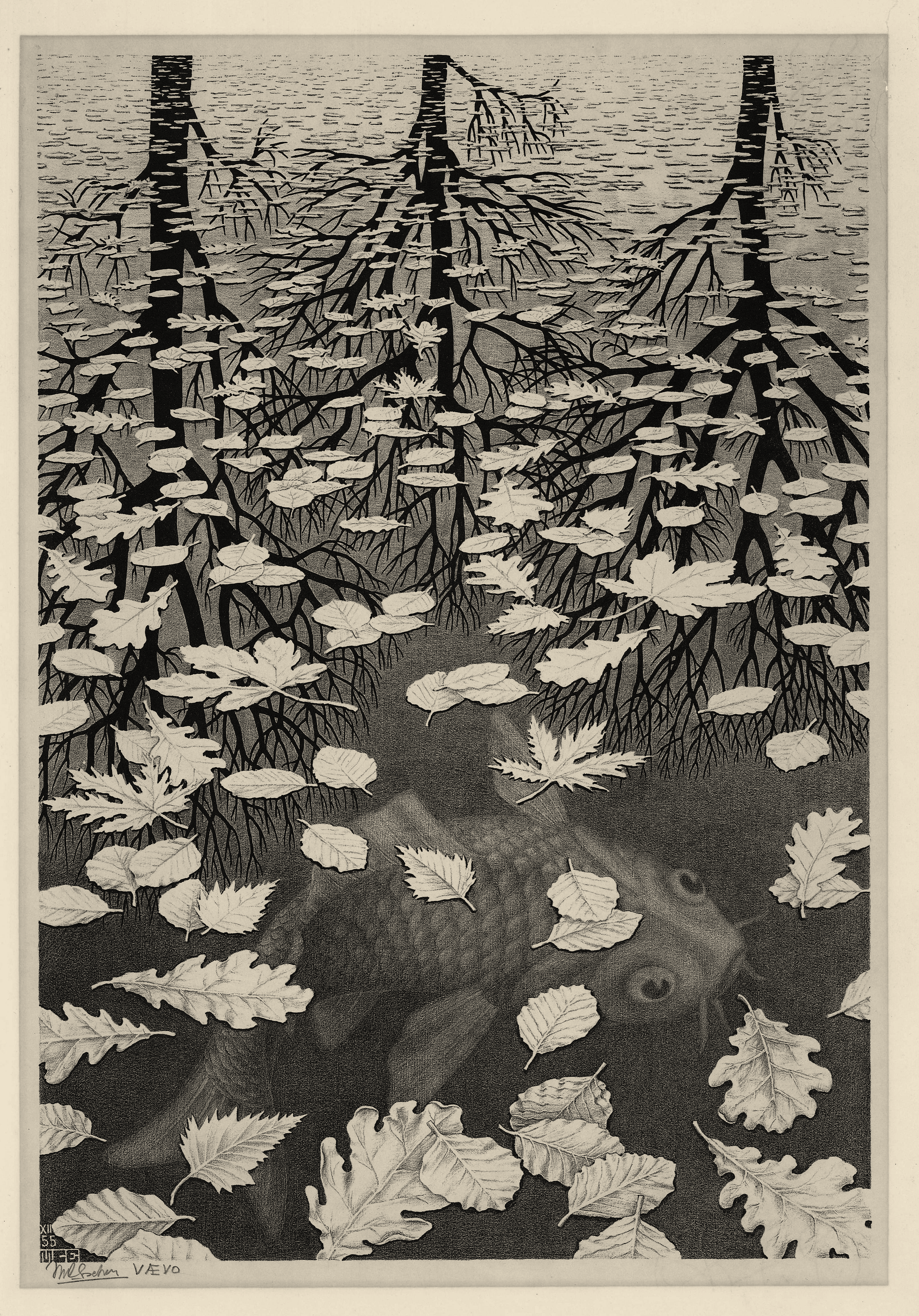
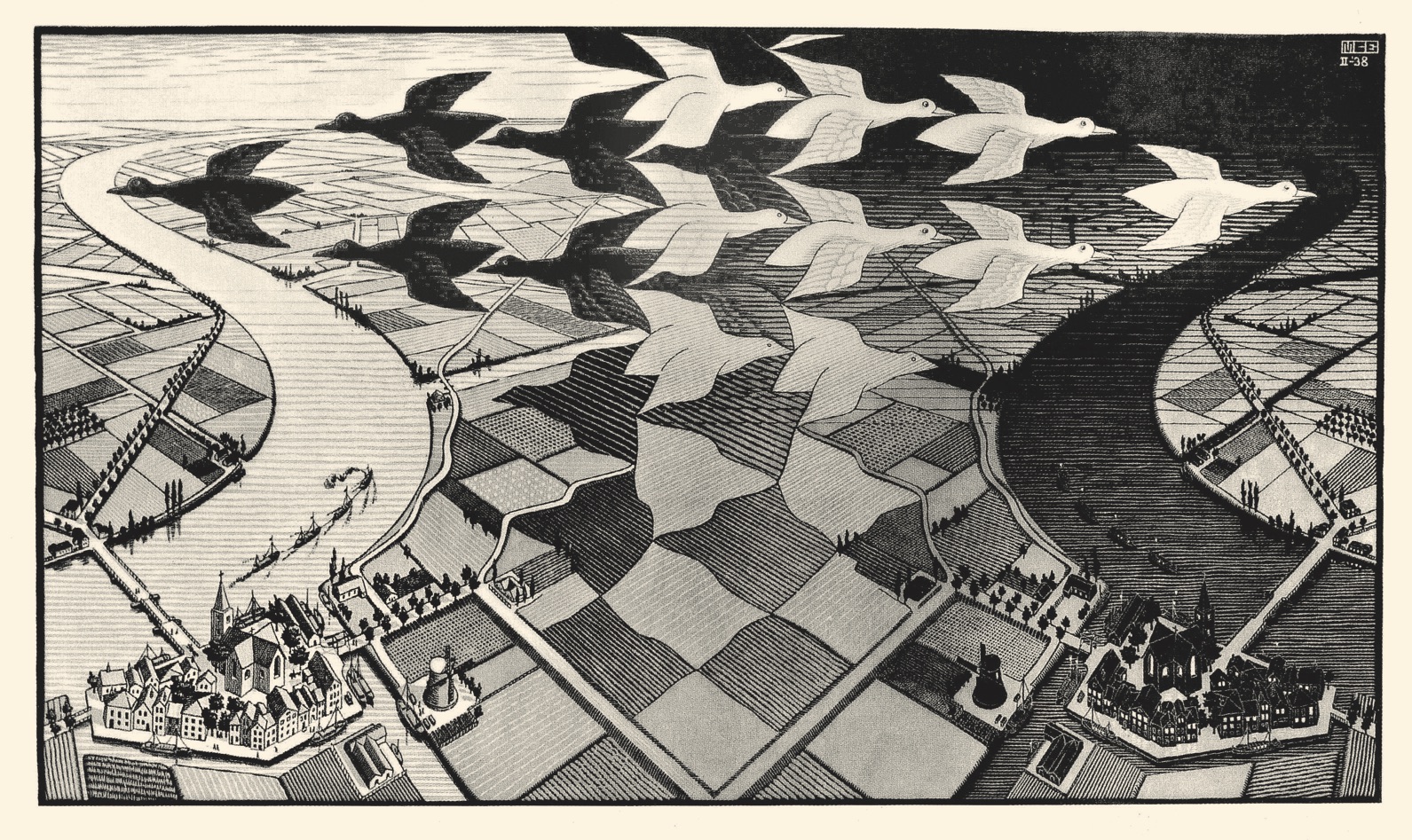
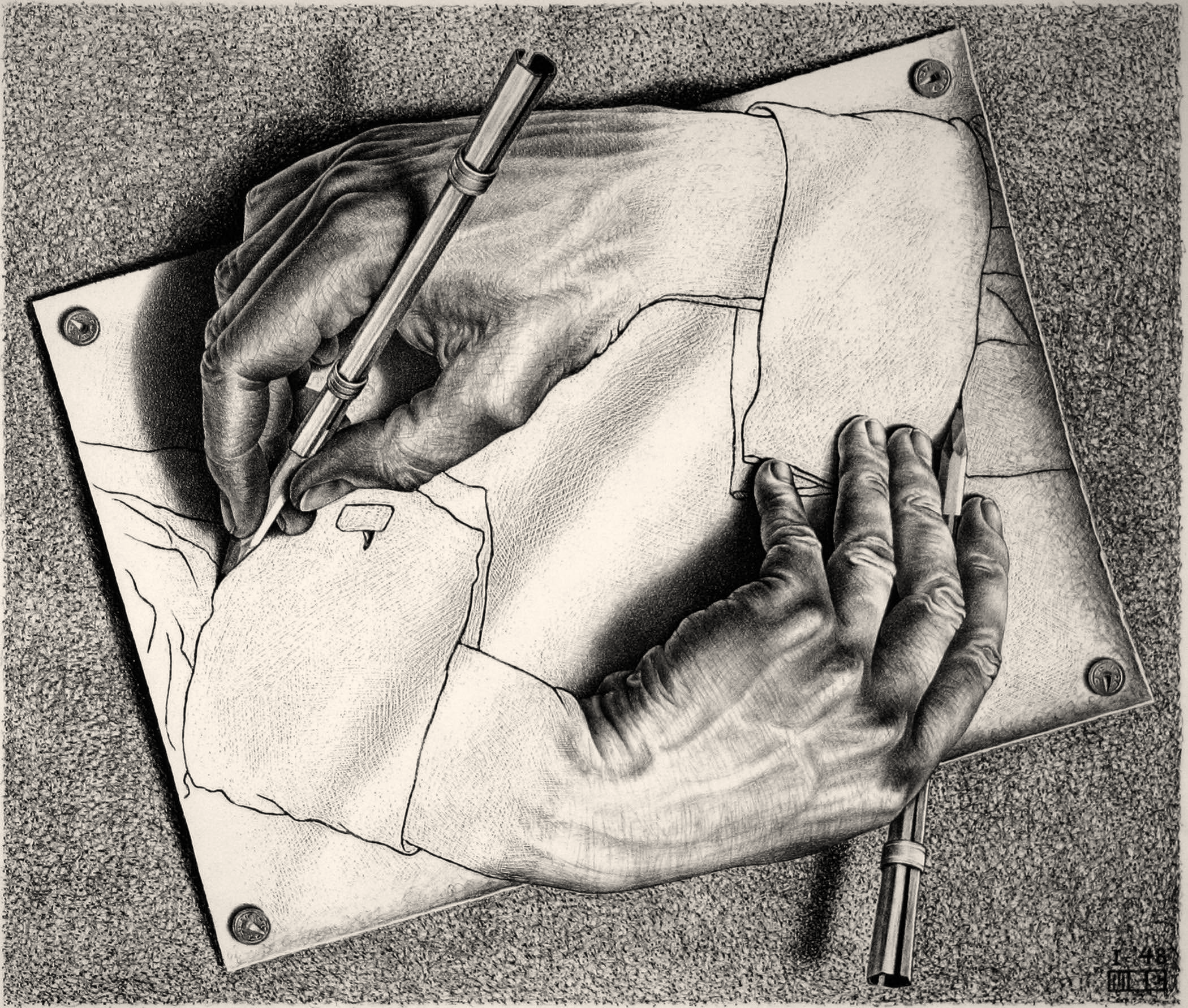
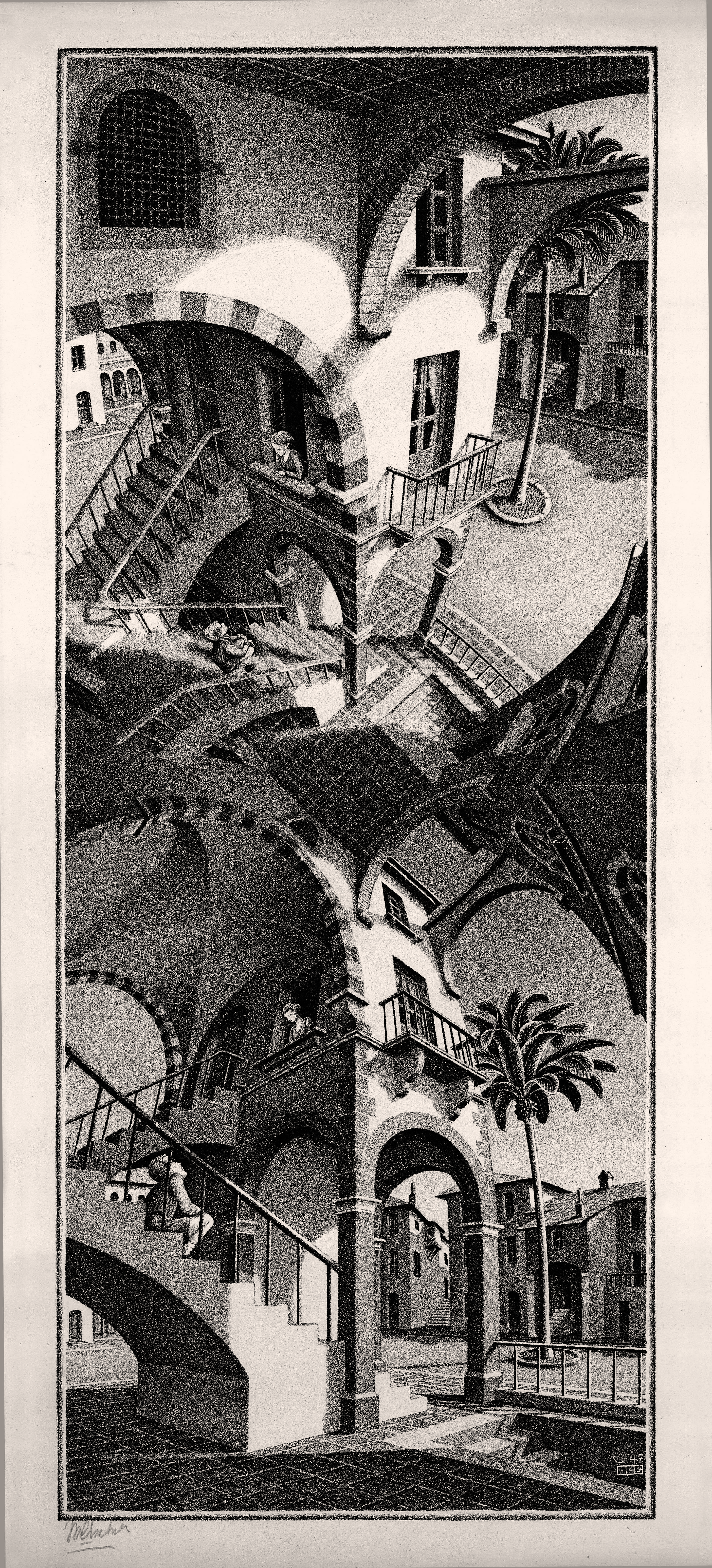
ESCHER. The Exhibition and Experience will be on view at Industry City until February 3, 2019, in Brooklyn.

Of the three shows Mulrooney unveiled this weekend, Majić’s is the only one tied to the much anticipated PST ART extravaganza, spearheaded by Getty, wherein 70 museums and galleries between Santa Barbara and Palm Springs are staging shows that illustrate how “Art and Science Collide.” PST curators scouted Majić after his New York solo show “Nocturne” with Nino Mier last year, and asked if he wanted to join the program. Mulrooney is making sure it happens.
I stopped by Majić’s studio near the Jefferson L stop a month before “Dawning” opened, to see the show’s sixteen artworks before they left for California. It had been just several days since his wife had given birth. A sizable, small-scale replica of Megan Mulrooney Gallery crowded the canvases and cacti that line Majić’s studio’s walls and windows, to help him arrange the show.
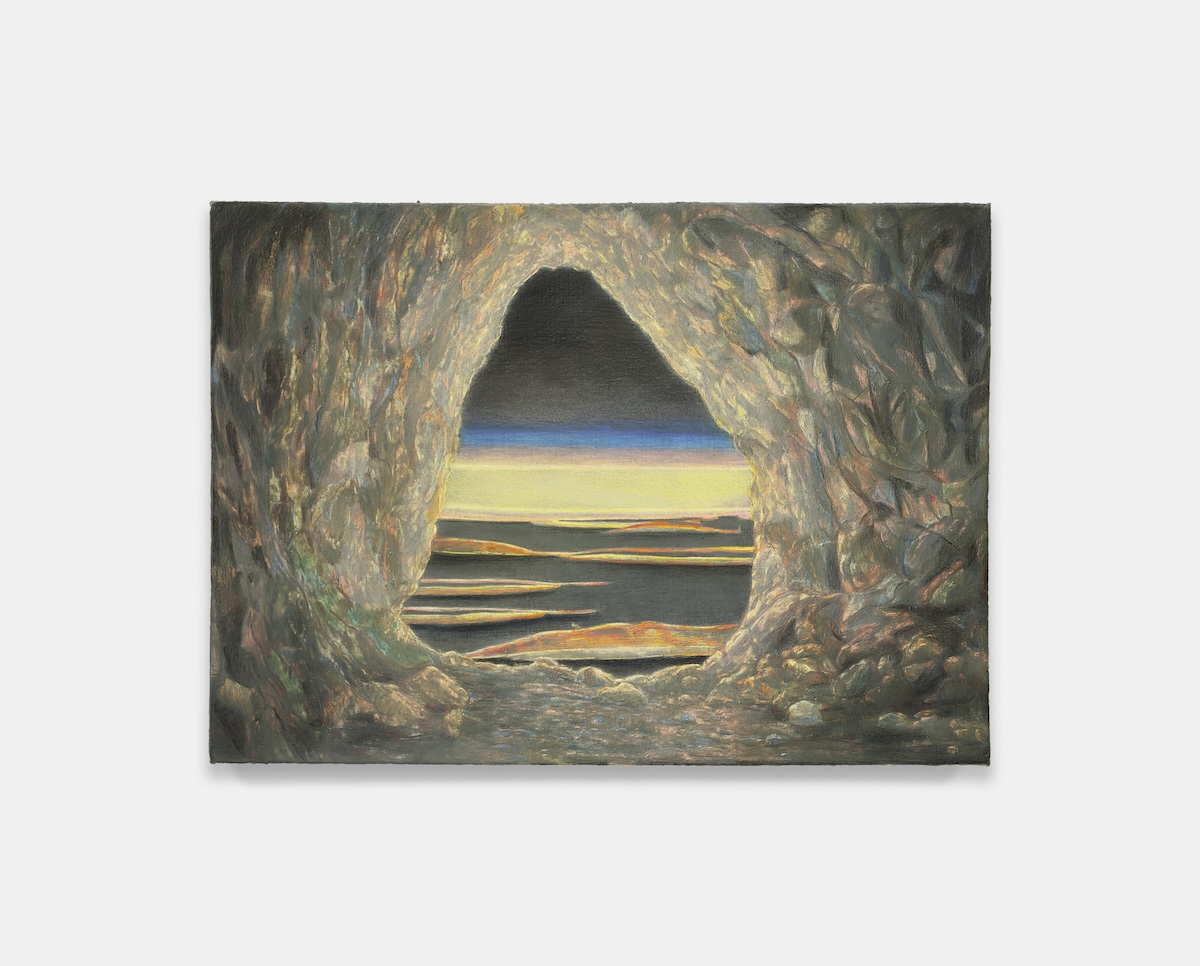
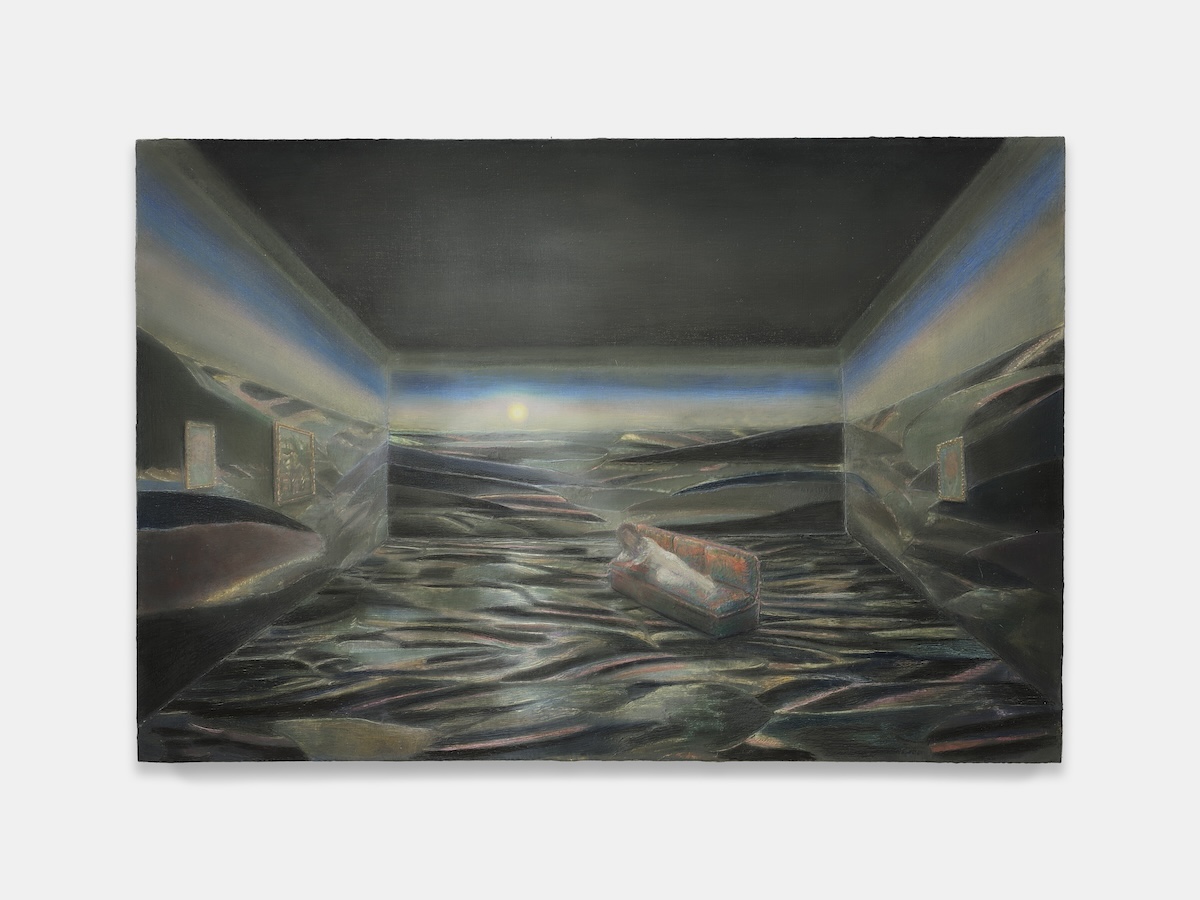
While “Nocturnes” offered only monumental paintings, “Dawning” marks Majić’s return on the ever-swinging pendulum back to compact creations, which allow him to ride inertia more aggressively — and forge closer relationships with viewers. To call these works paintings doesn’t feel entirely accurate, but that’s how he refers to them. Their surfaces have a sculptural quality.
Motifs reappear. There’s a lone wolf who might be Majić, alongside a captain, a pilot, and an astronaut. Crystal waters pool in secluded spots, and glamorous parties rage in eras impossible to place. Every piece begins with a Photoshop collage. Majić shakes the same box of compositional elements culled from 70s advertisements and Japanese woodblock firework manuals alike. They come tumbling out fresh each time, and he works them over across layers.
Then, Majić draws his scenes on rough burlap canvases in colored pencils. These understudies turn out so vibrant that he finds them “crude,” so he paints atop them. Things get interesting when he mixes marble dust with oil and slathers a milky veil over that base. Next, Majić goes in with colored pencils and carves out flashes of his understudy, toeing the line between vivid and subdued. These surfaces embody the textures he’s portraying, whether that’s water or smoke.
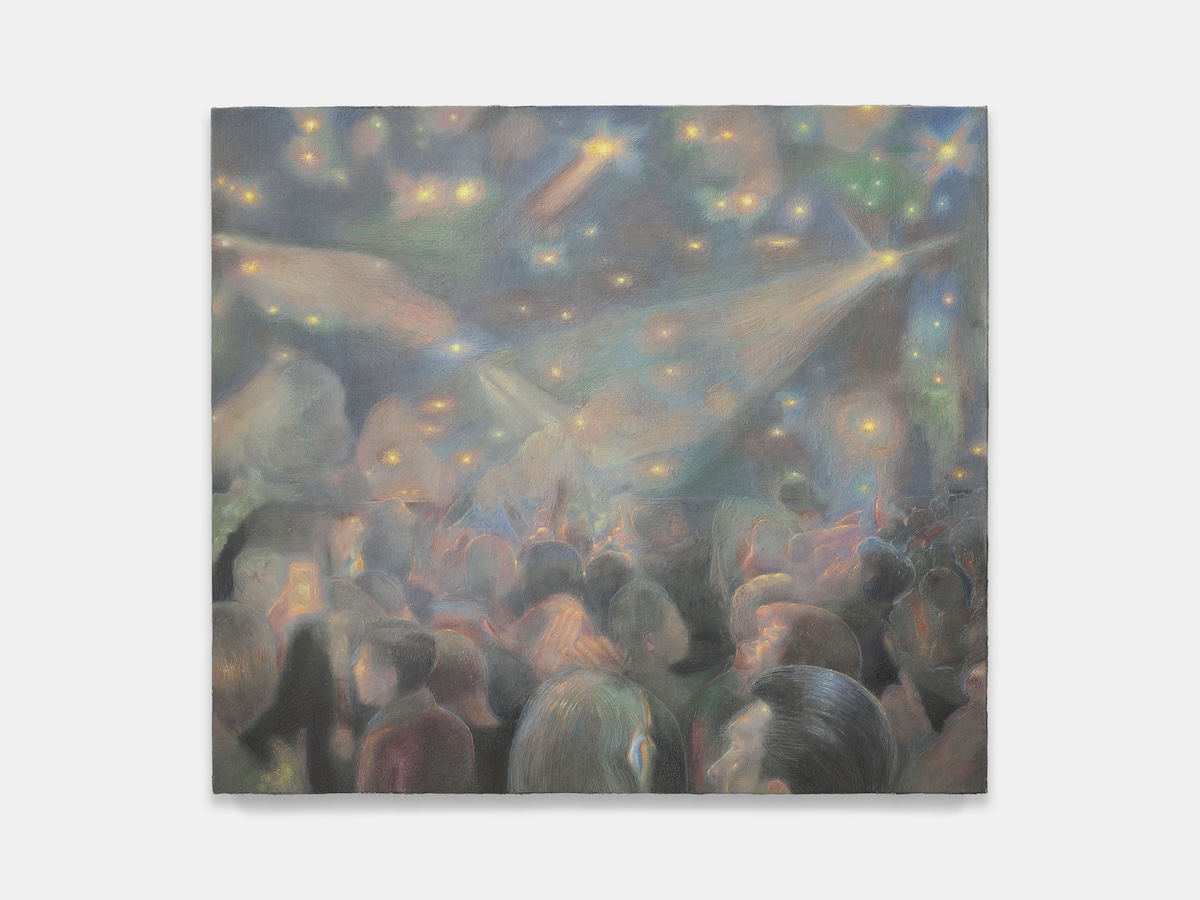
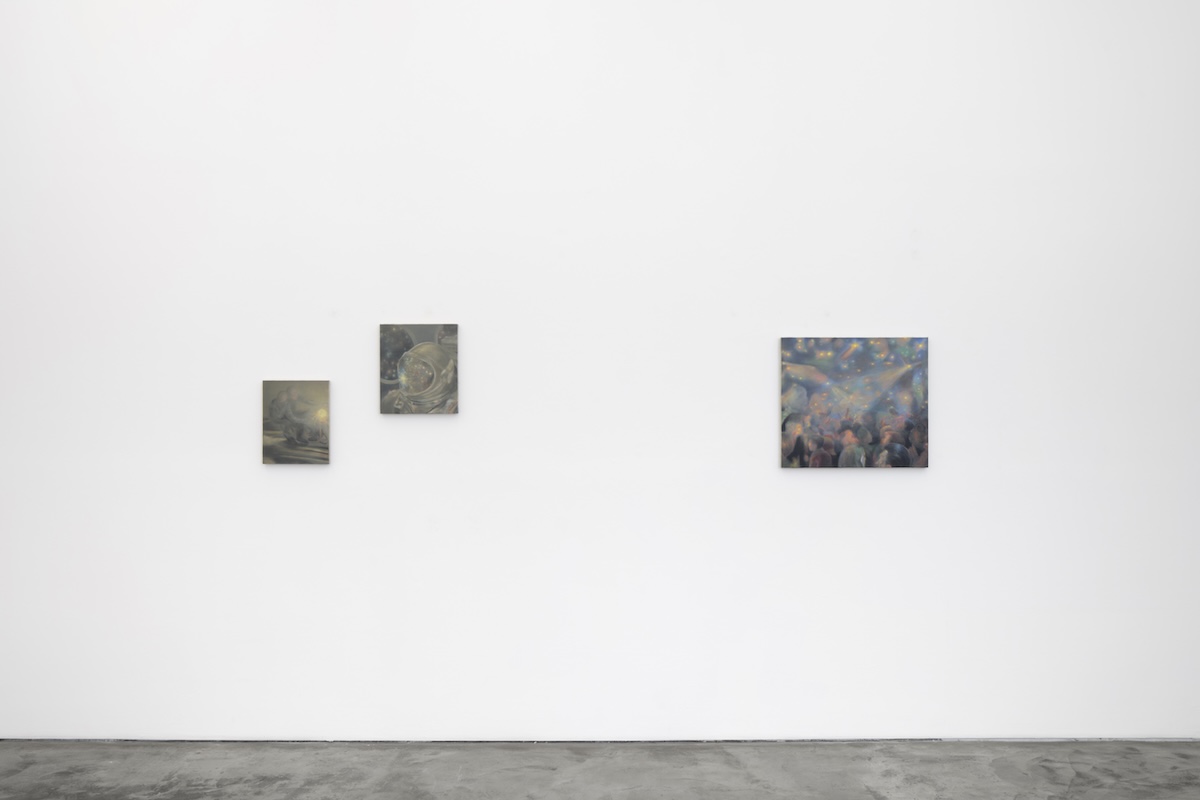
It’s not a perfect formula. “I completely killed the whole image,” Majić says of “The summoning” (all works 2024). “I put so much of that gray layer on it — I was almost crying.” Fortunately, he turned the work around and returned to it as a new person — one who could resolve the work’s wriggling madness into one scintillating pattern. He considers “The inside” the final installment in this spotty story, like a brownout memory. There’s room for error. Is the figure on a couch or a coffin? Rushing water, or a 1980s carpet? In the subconscious, symbols can possess duplicity.
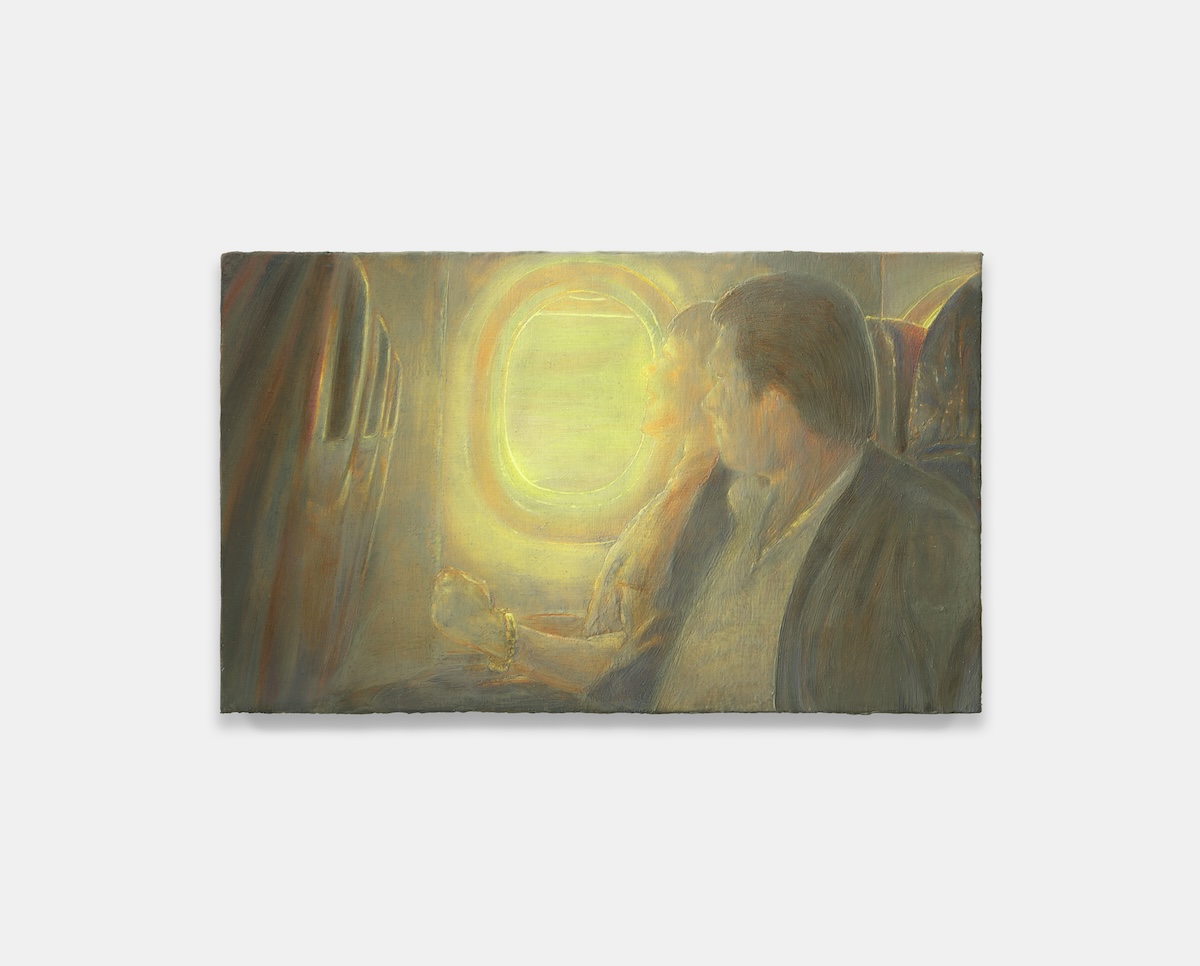
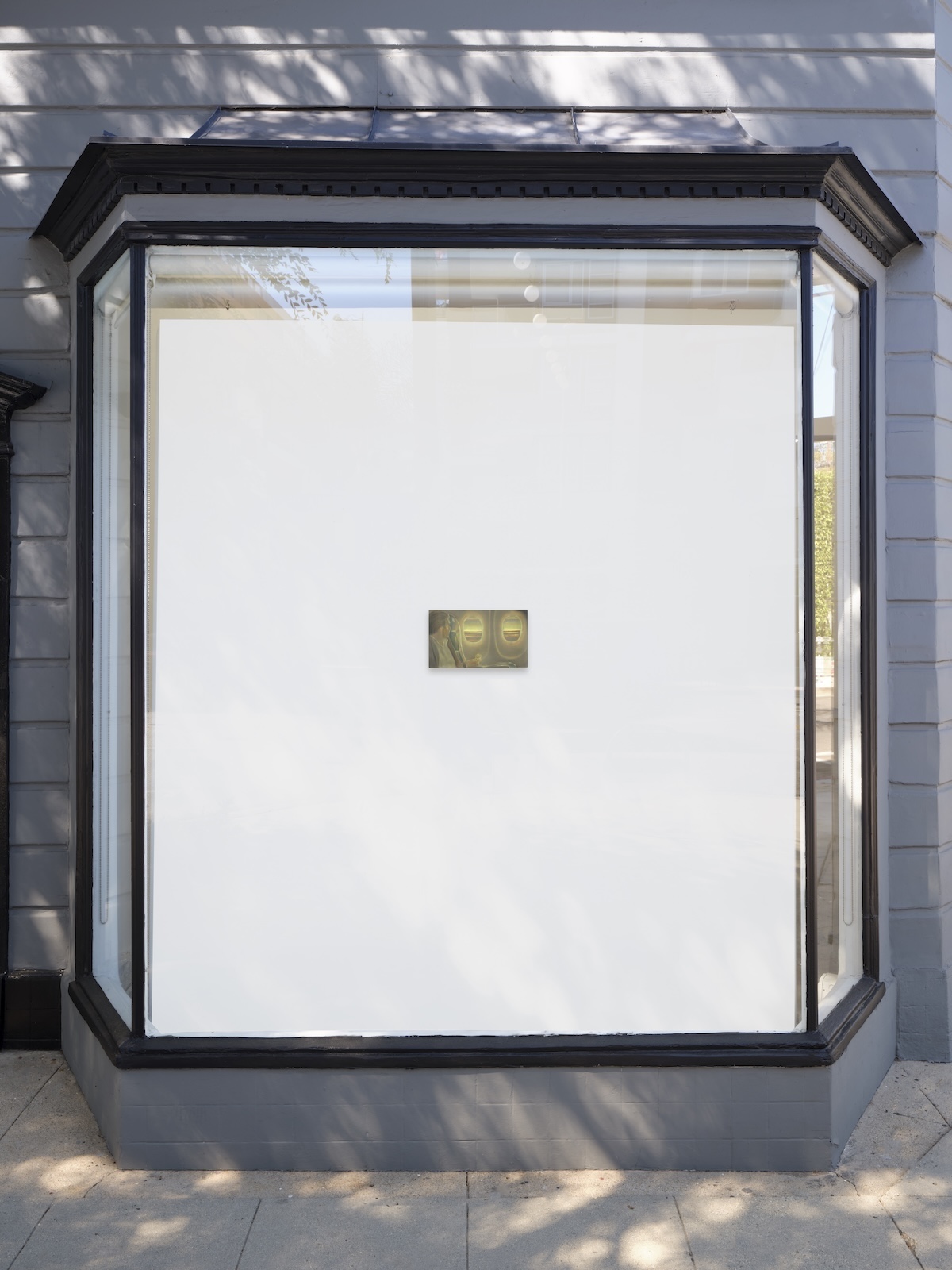
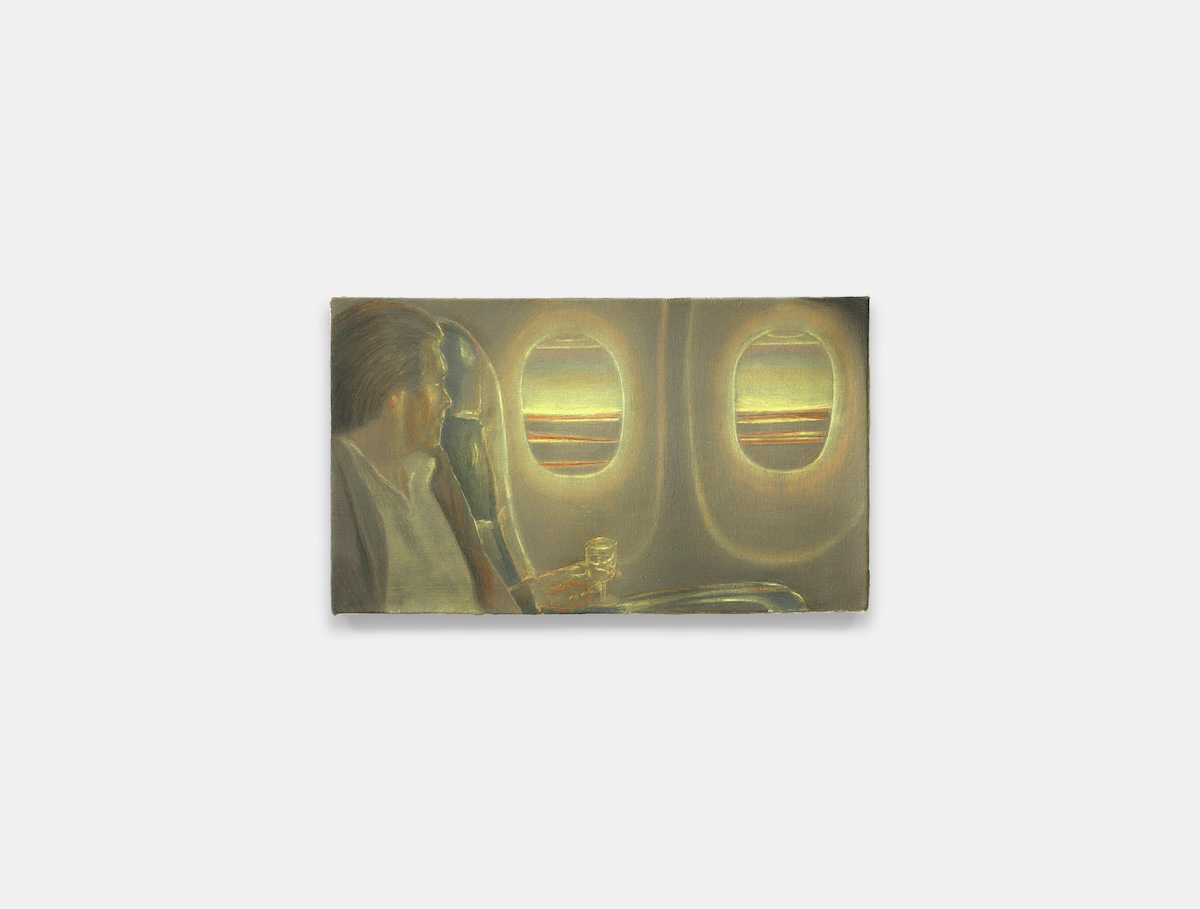
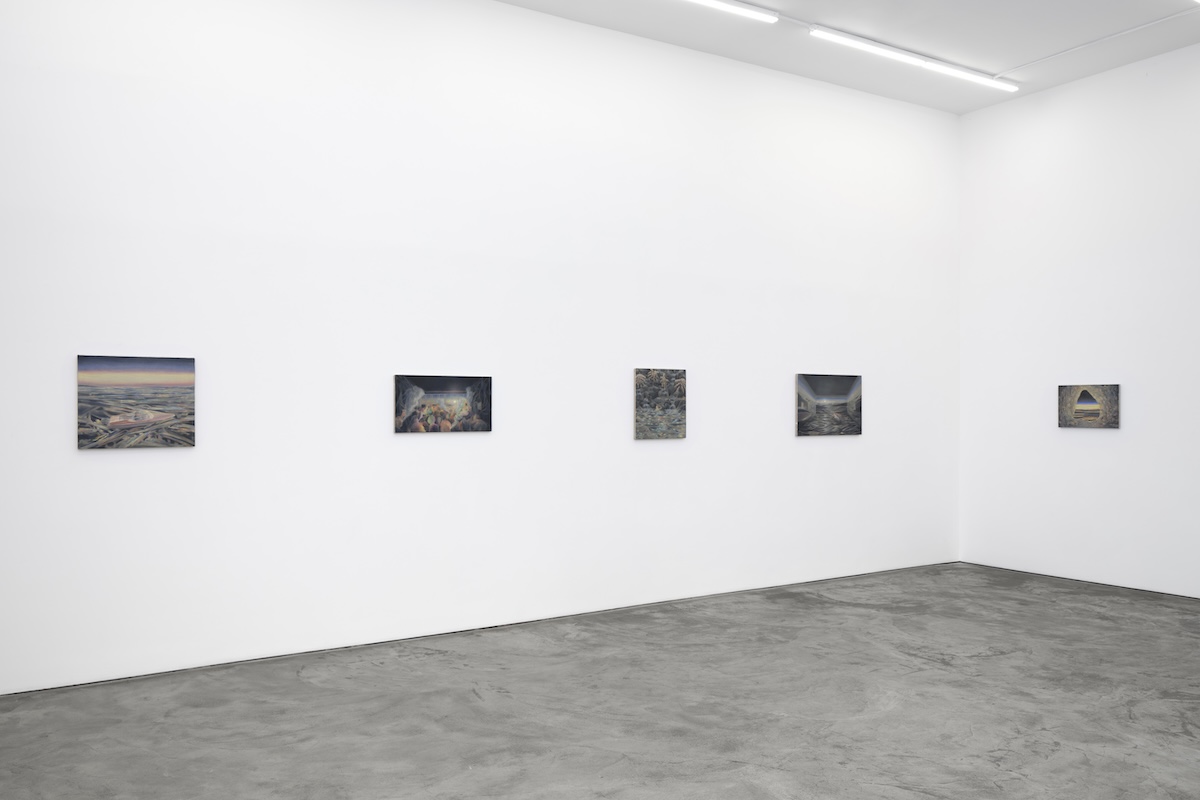
Majić struggled similarly against “You looking for you, me looking for me” and “The Distance,” a diptych that’s separated in “Dawning.” Parties are chaotic, but every detail on a plane is precise.
In the scene on the right, when they were placed together in his studio, a man and woman laugh next to a plane window. In the painting on the left, the man’s mouth is closed, and he’s alone. The plane travels the opposite way. These narrative markers invoke the viewer to invent stories.
The most potent duo in this series frames either side of the entryway to “Dawning” like a secret little legend. Two cave paintings appear to depict dawn, and dead night. At first, they appear to illustrate a single evening. But, subtle differences between the landscapes beg the question of how much time has actually passed. That’s the trick. This series is really working with time. The sentence “all of these things happening at once” does still describe a concrete amount of time.
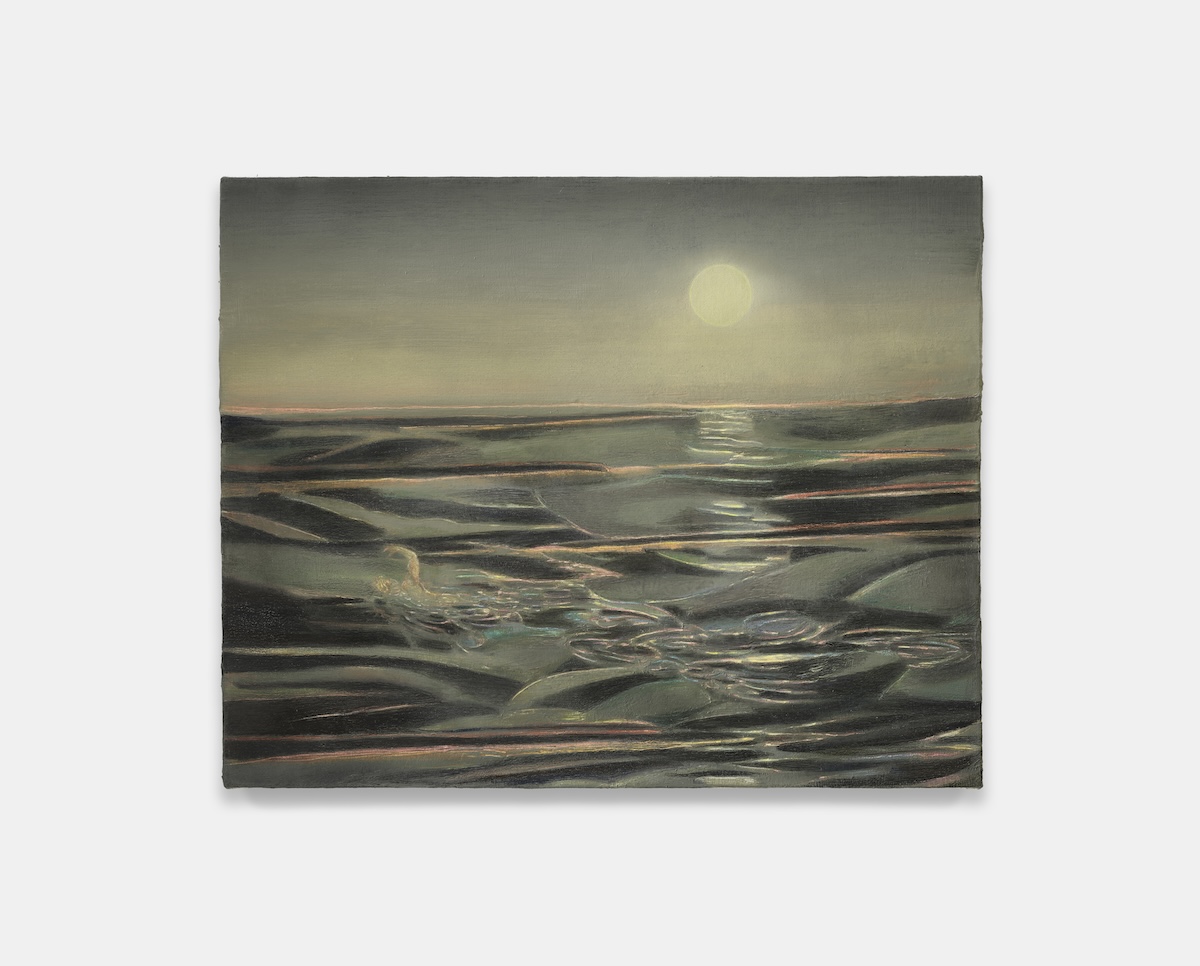
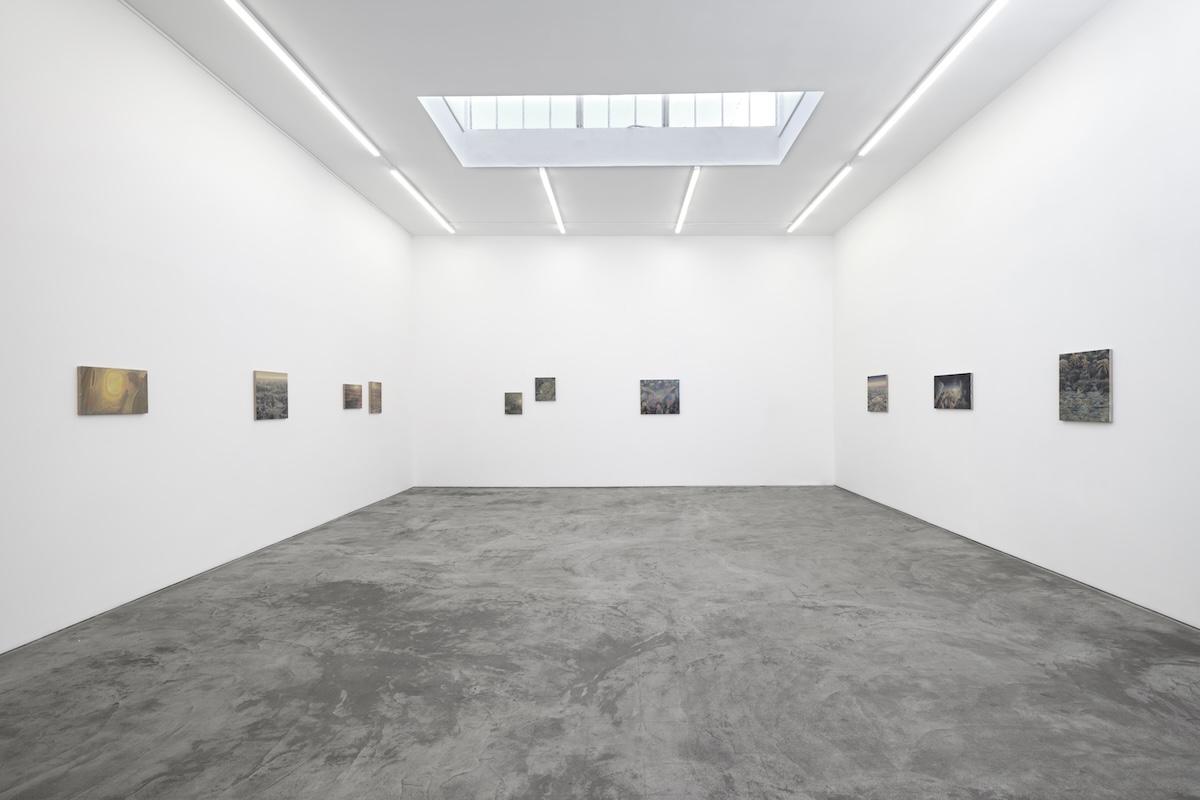
Speed dictates time, which stops at the speed of light. There’s your everything all at once. Of course, we don’t typically perceive the real situation. Our animal brains, engineered for survival, filter extraneous details — paring totality down to consensual reality. Not long after art mastered replicating that reality, art began interrogating it, initially through abstract expressionism. Today, it’s through psychedelic ambivalence, like how the orb above “I will not follow” might be a sun or a moon, that calling card of our era. Ambivalence pries the door open, offering entry into a work.
All the scenes in Majić’s latest endeavors could be happening all at once, across any number of places around the world. Such is the nature of consensual reality. In fact, Majić’s dark yet radiant aesthetic, perfectly suited to this moment’s escapist tastes, looks a bit like traveling at light speed. Science hasn’t figured out how to make a person move that fast yet. That’s what art’s for.

"Real estate is tough in LA," she explained recently, acknowledging the challenges while emphasizing her commitment to the artists and community she’d worked with for years. "I felt a responsibility to preserve what I had built that wasn't mired in scandal. I had created something great here — my kid goes to school down the road, I live fifteen minutes away. This is my home.”
Two of the galleries are reserved for solo shows, while the third serves as a curated collection, where an artist handpicks favorite works from their peers. For the solos, Mulrooney emphasized the importance of creating intergenerational connections, featuring 22-year-old painter Piper Bangs and 45-year-old Marin Majić.
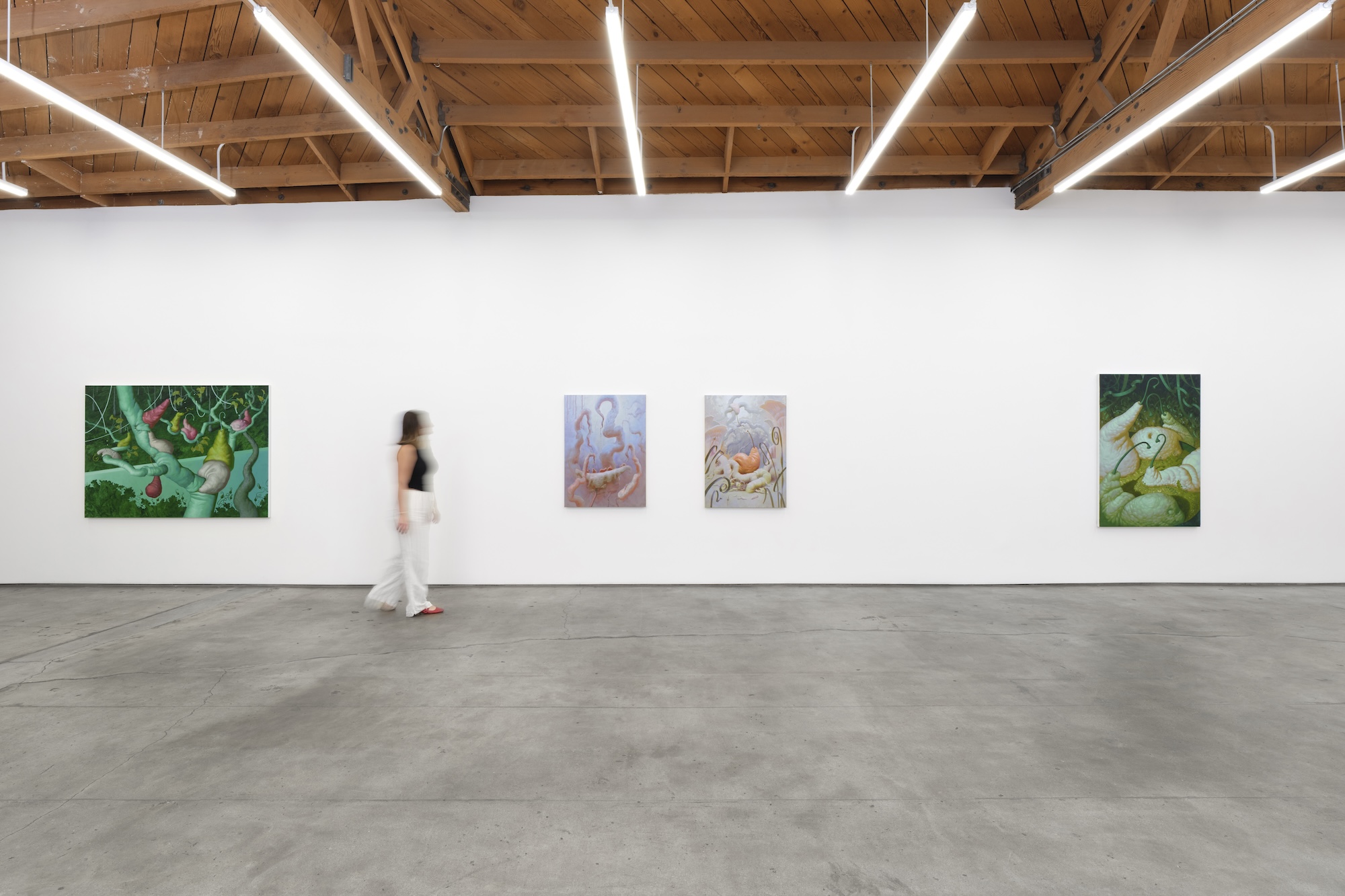
In Bangs’ "Fruiting Body", you’re invited into a dreamy world where droopy pears roam between forest floors and clouds, waiting for the sun to pierce through. In Marin Majić's "Dawning", technicolor and marble dust glow on drawings of nightclubs, speedboats, and early morning plane rides.
"The exhibitions speak to each other," Mulrooney said. "[Both artists] have a world-building process that teaches us their way of seeing."
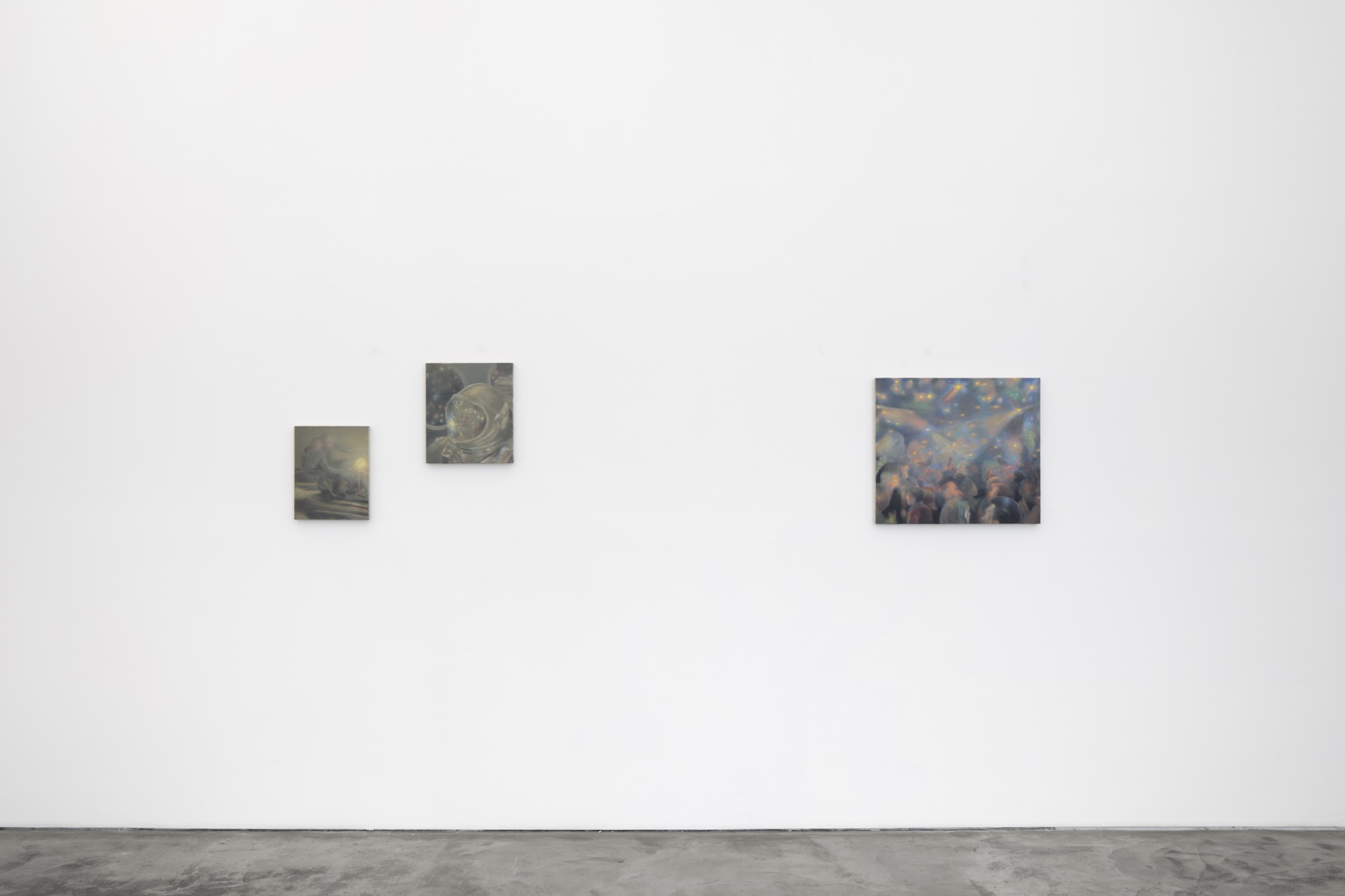
Meanwhile, "Saints and Poets", curated by artist Jon Pylypchuk, sparks its own conversation. "I love this idea of finding out what makes [an artist] tick," Mulrooney shared. "Who are they looking at, who did they go to school with, who is in their circle of artists? In the 16th or 17th century, you’d see these groups of artists referred to as a ‘School.’ 'Saints and Poets' is like the School of Jon Pylypchuk."
In Jon's "school", playful characters made of bronze-casted balaclavas spring to life, and a sculpture of entangled, human-shaped cotton feels so intimate you shouldn't be looking. (I kept looking.)
"I want you to feel good about what you saw," Mulrooney said. " Maybe you didn't like it, maybe you loved it, but you're still like, ‘Wow, this has been interesting.’"
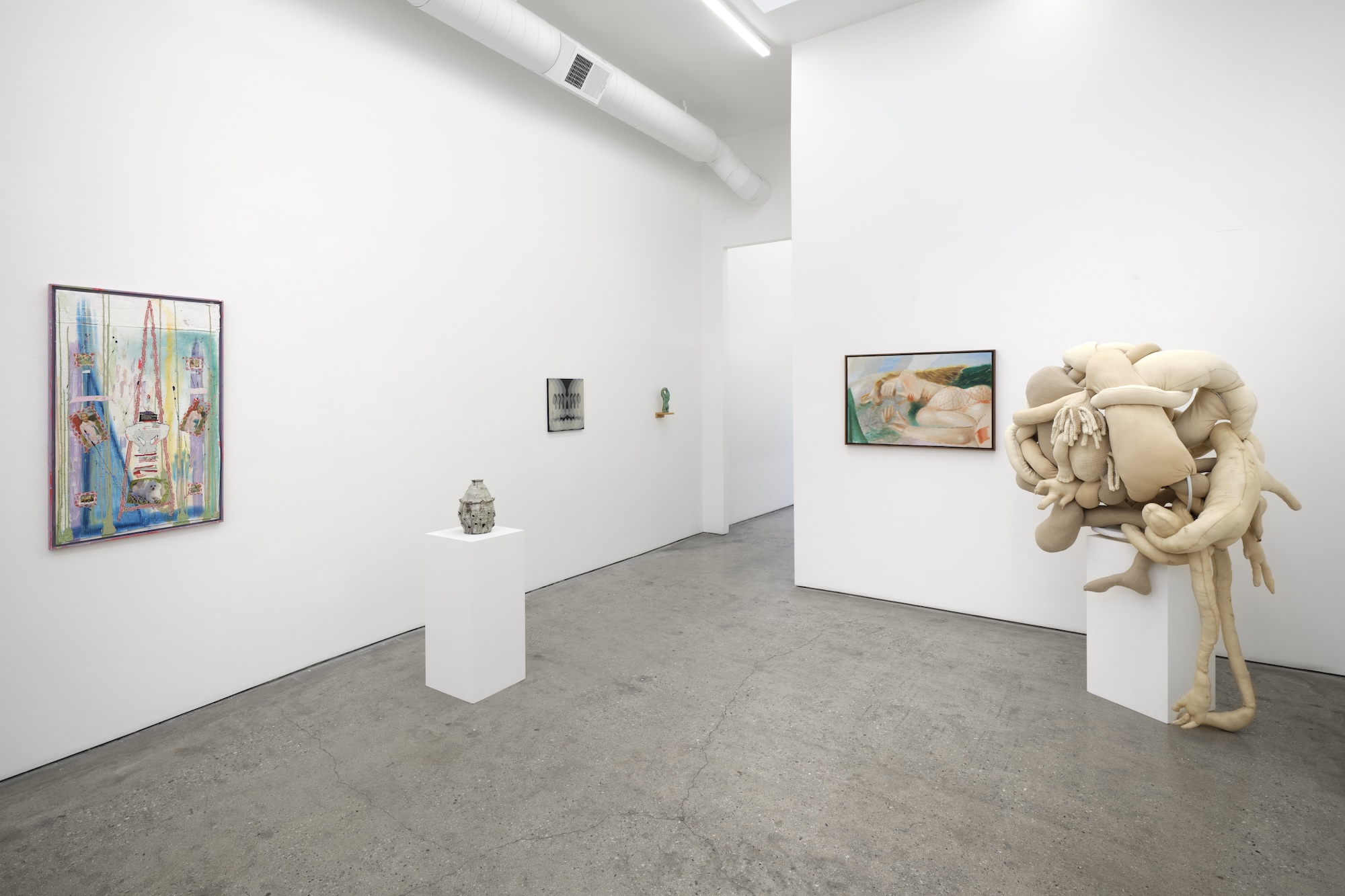
In the coming months, the gallery plans to showcase other former-Mier artists before transitioning to a "substantially different" roster. "It was only natural for me to call upon the artists I've worked with before," Mulrooney reflected. "They are people I know and support, and I’ve seen their art and careers grow."
Her voice carried a sense of gratitude as she showed me around the galleries, pointing out hidden details — minute brushstrokes, delicate chiseling. Their work spoke to her, taught her things, meant more to her than what was left on. "I feel so honored that so many of the artists have trusted me to move forward and keep presenting their work," she said. "A lot of good has come out of this. I'm taking a space from my past and making it my own. As I grow and differentiate myself from where I [previously] worked, it's important for me to build my own voice."
She laughed, adding, "It's a coming-of-age story, a little bit, which is kind of ridiculous – but here we are.”

By his estimation, Dakkar began tattooing “5 or 6 years ago,” and in that time, his art has found its way onto the bodies of hundreds of New Yorkers (including two members of our on-set crew) and the screens of tens of thousands more online admirers. He gives nearly exclusively custom tattoos, creating the design in collaboration with the tattoo’s recipient and embracing the improvisation of the moment. On the eve of Dakkar’s birthday, we paid a visit to Musiquarium, the Greenpoint studio he shares with a handful of other artists. For proof of his love of spontaneity, look no further than this story; Dakkar simultaneously gave an unplanned custom tattoo to our makeup artist Cassandra Lee while I asked him the questions below.
Do you remember the first tattoo you ever gave?
For years, two really close friends of mine were trying to convince me to tattoo, way before I ever did. The first tattoo I ever gave was at my friend’s house. He basically invited me over, and when I got there, he surprised me with his mom's boyfriend's tattoo machine, and he forced me to tattoo him.
It looked really bad. I think I drew a witch hat on top of a tattoo of a punk guy. [Laughs]
Doing cover-ups like that is the first way I started tattooing — they’re kind of like cover-ups, I've been trying to find a good word to describe them. It was the only way I would tattoo.
It's my favorite way to tattoo. It feels like giving an old tattoo a makeover, like drawing Gene Simmons makeup on a newspaper face or something like that.
Why were your friends trying to get you to start?
A lot of my friends knew me as someone that was capable of drawing. I think they pushed me to tattoo because they saw me just working various dead end jobs and not really using my time well.
When did you start tattooing at this studio?
I started tattooing at this studio about three and a half years ago. I was working with my friend Tamara Santabañez. Jackson and Carson, who work here, had reached out to me because they wanted to open up this studio. So I ended up joining them, and we opened this place together. There's about five of us that work here.
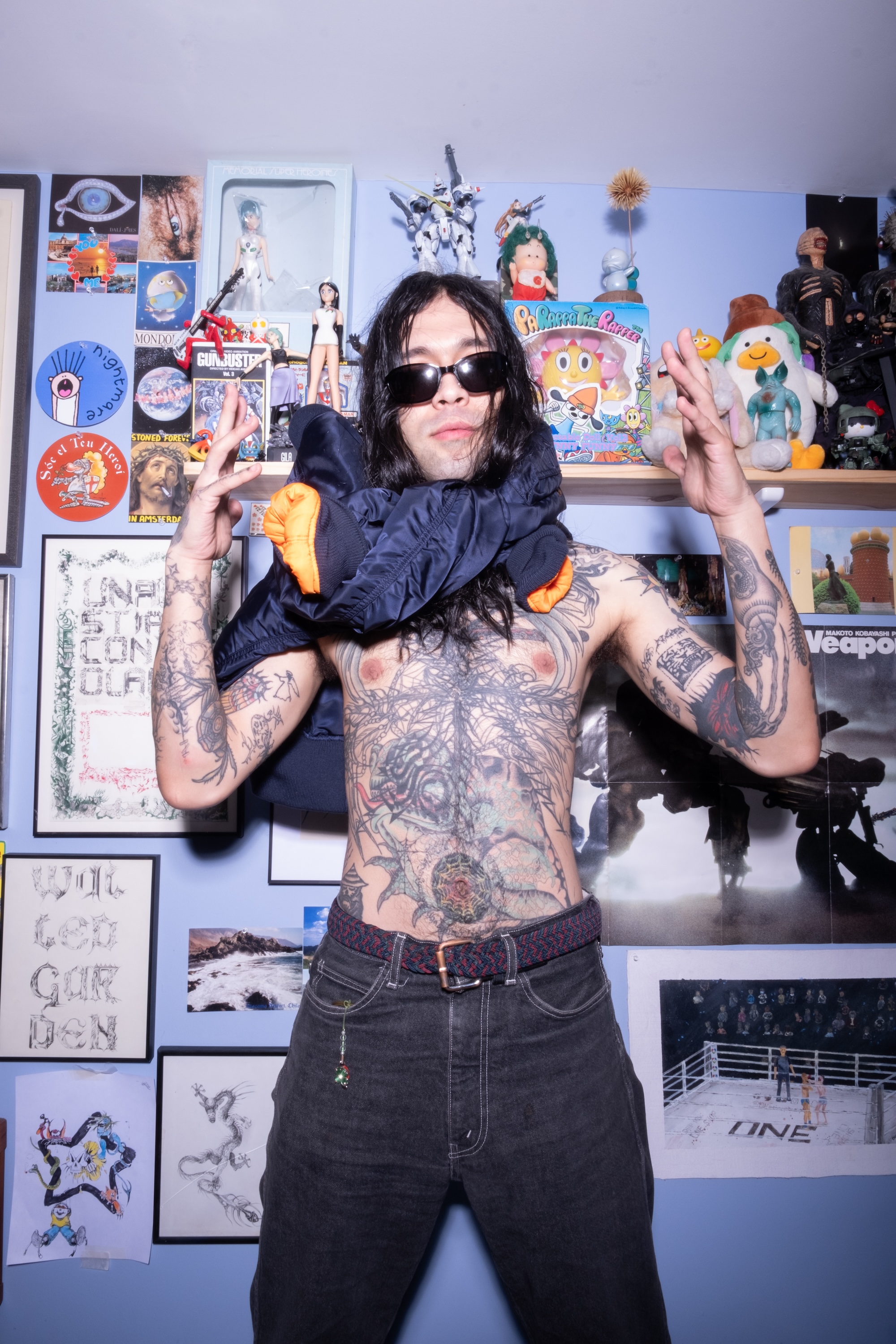
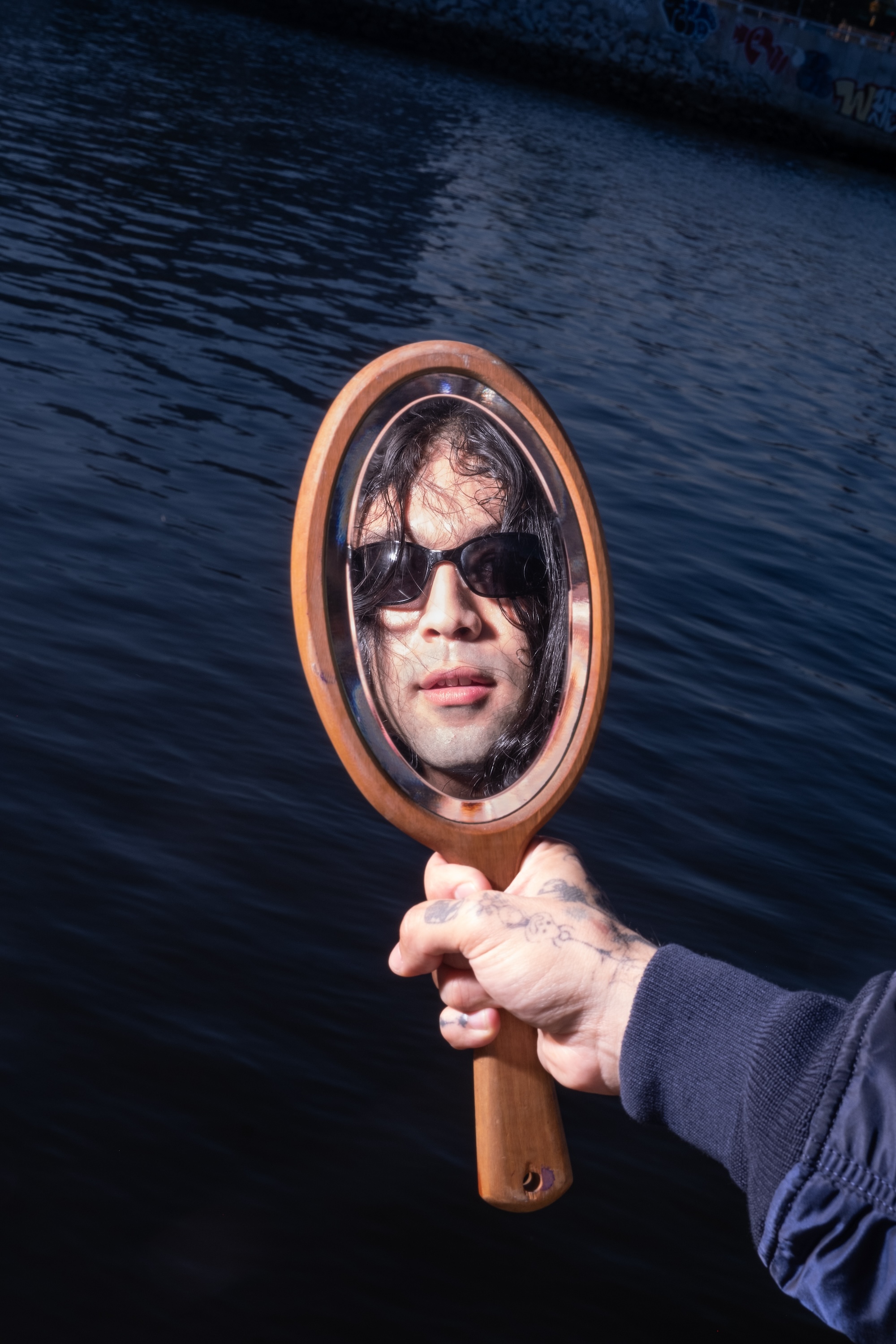
What’s your favorite place in New York?
My favorite place in New York is probably my house. I'm a big homebody. But there's some other little gems in New York that I really love, like Holographic Studio. Street Fever at Punk Alley is one of the best places in New York to go — it's a junk shop and tattoo studio.
I always try to support the mom and pop shops. Never go to a 7-Eleven or a Starbucks or anything like that.
What is the most memorable tattoo you’ve ever given someone?
I think the most memorable tattoo I've done, or the one that has stuck with me the longest, is an upper back piece I did in the pictographic letters I'll do often. It says “energy” across my friend Cosmo’s back. I did it in Melbourne, Australia. We had one day to do it. I freehanded it, and we were there for about 12 or 13 hours. That feels like one of my favorite tattoos I've done.
Do you always do customs?
Yeah, I've always done custom tattoos. I think there's something really nice and special about the collaborative nature of sitting together and talking out an idea. I really like feedback and input when I'm tattooing. I'll often have moments where I'll stop and ask a question.
The majority of my work ends up feeling collaborative — I guess my entire body of tattooing is somewhat collaborative with every person that comes in. The way I book appointments, I almost require a prompt — whether it's an idea or just a photograph, it's basically just a jumping-off point. I feel everyone out and just slowly come up with what we're doing.
Every tattoo I do is conceived, drawn, and done on the spot. There's a lot of spontaneity and it’s all based on intuition. I never draw things up beforehand.
Depending on the type of imagery or idea we're working with, I'll sometimes try to take a little time to sit and think about it, and how we want to approach it. But I really enjoy leaving it up to the actual day and moment of our appointment.
Sometimes the placement of a tattoo will dictate the image, and sometimes an image will dictate its placement. A lot of things I do freehand, but in other instances, I'll draw beforehand with the person there. Even when things are pre-drawn, I always need to leave a little bit of room for improvisation.
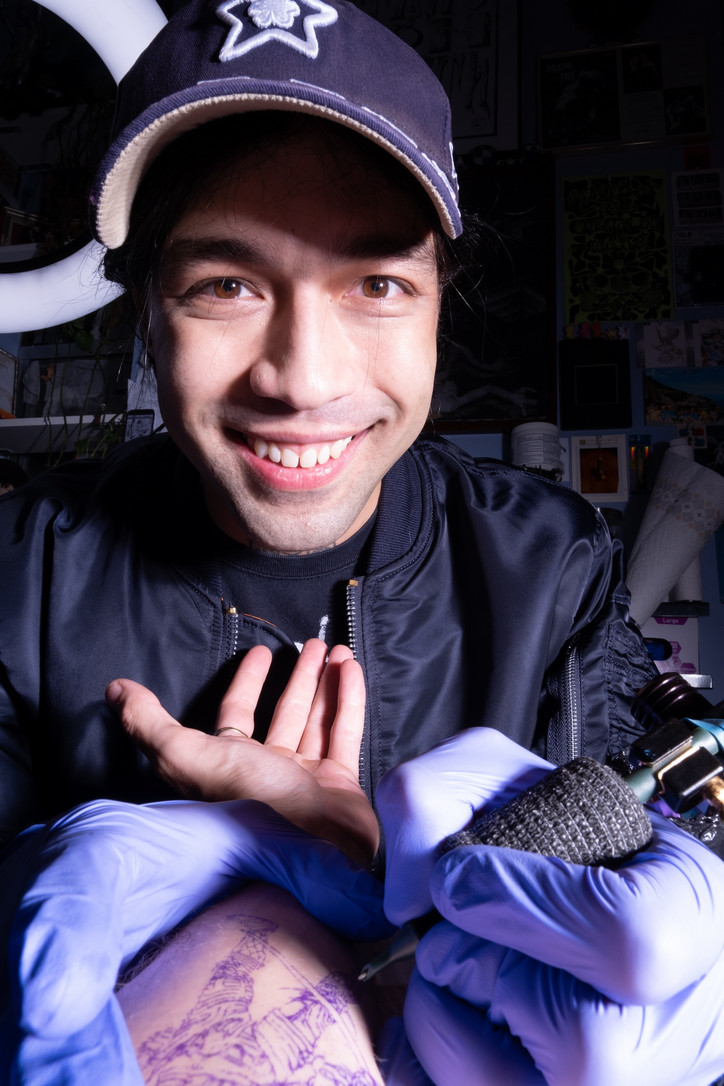
KEEGAN wears MA-1 HERITAGE BOMBER JACKET by ALPHA INDUSTRIES, HAT by STAR SHOP, SHIRT and PANTS are TALENT’s OWN
Is it ever stressful?
I think I go into every tattoo feeling stressed. [Laughs] In general, the way I draw, like with anything, mistakes happen. Sometimes the things you omit are just as important as the things you include. Sometimes things may not happen exactly the way I imagined, but I always embrace it.
What was the first tattoo that you ever got?
The first tattoo I got was by Big Steve at Fun City Tattoo. He's a good old friend of mine, and he used to tattoo me and all of my friends in high school — or, not in high school, but, like, when we were younger.
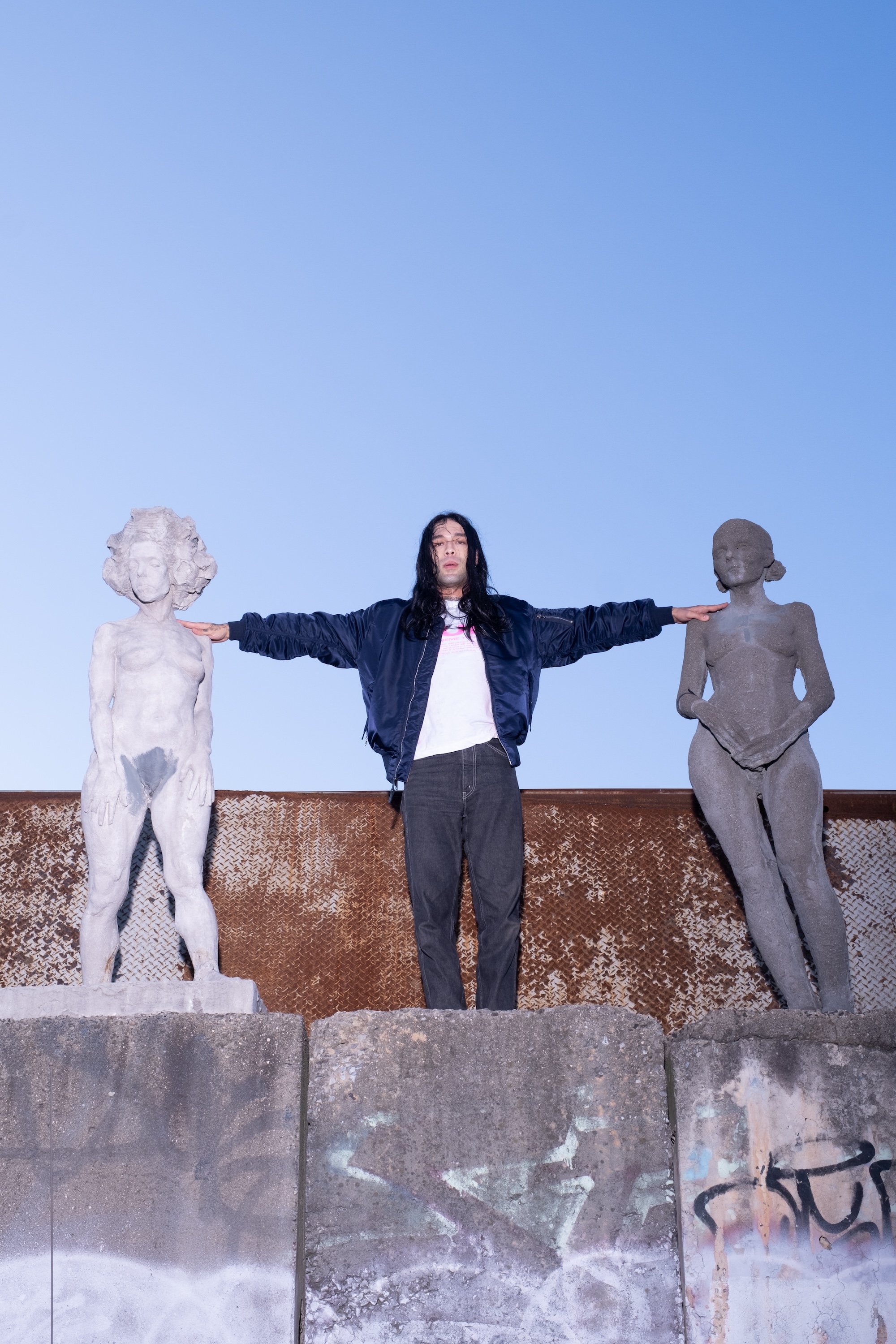
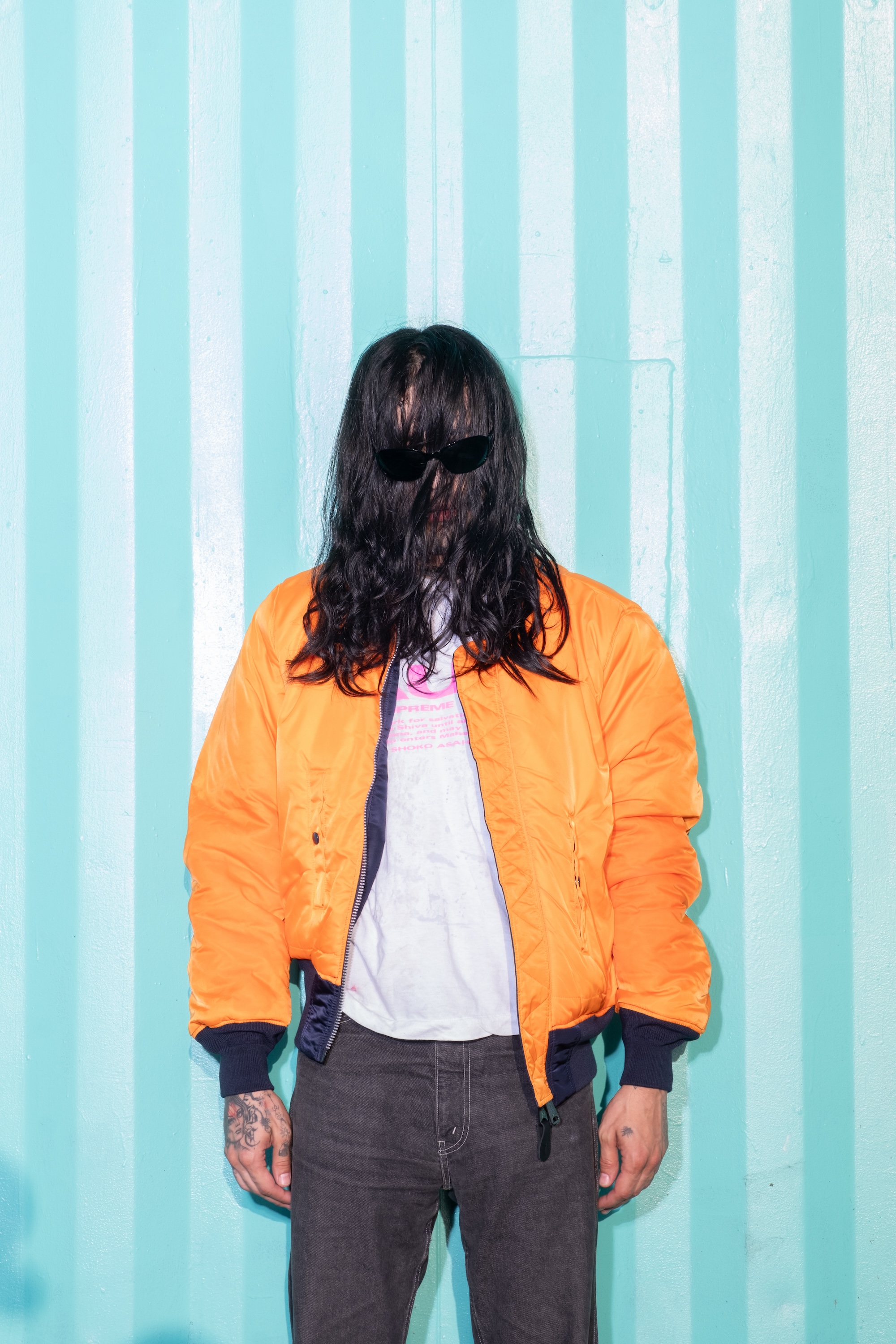
What’s your go-to deli order?
Some kind of carbonated beverage. Something with caffeine in it. Something sweet. I like ice cream sandwiches. If I do get a sandwich at a deli, I usually go for pepper jack cheese, lettuce, onion, mayo, mustard, salt and pepper, and vinegar on a roll.
No protein in the sandwich?
I don't really fuck with processed deli meats like that.
What do you like to eat?
My favorite place to eat around here is definitely Ashbox. I think it's one of the best cafes in all of New York.
Out of the places that I grew up going to that are still around, I’m big fan of Two Boots Pizza. I spent a lot of time there, it's still probably one of my favorite slices in New York. And when I was growing up, almost every other corner was a Ukrainian or Polish diner. Veselka’s still there, but like, literally every corner was a Ukrainian diner. I grew up eating pierogies, I feel like Ukrainian food is like my comfort food.
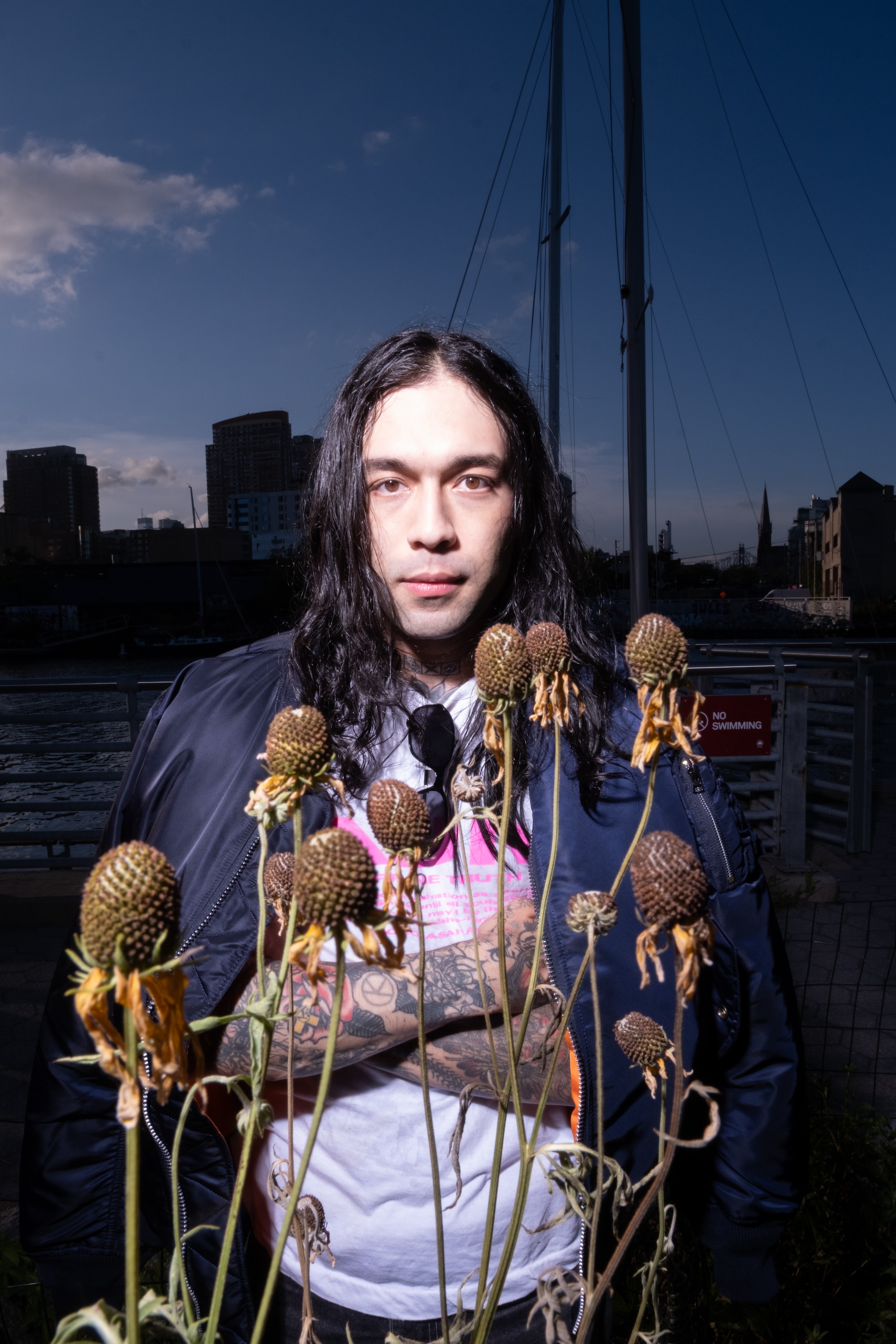
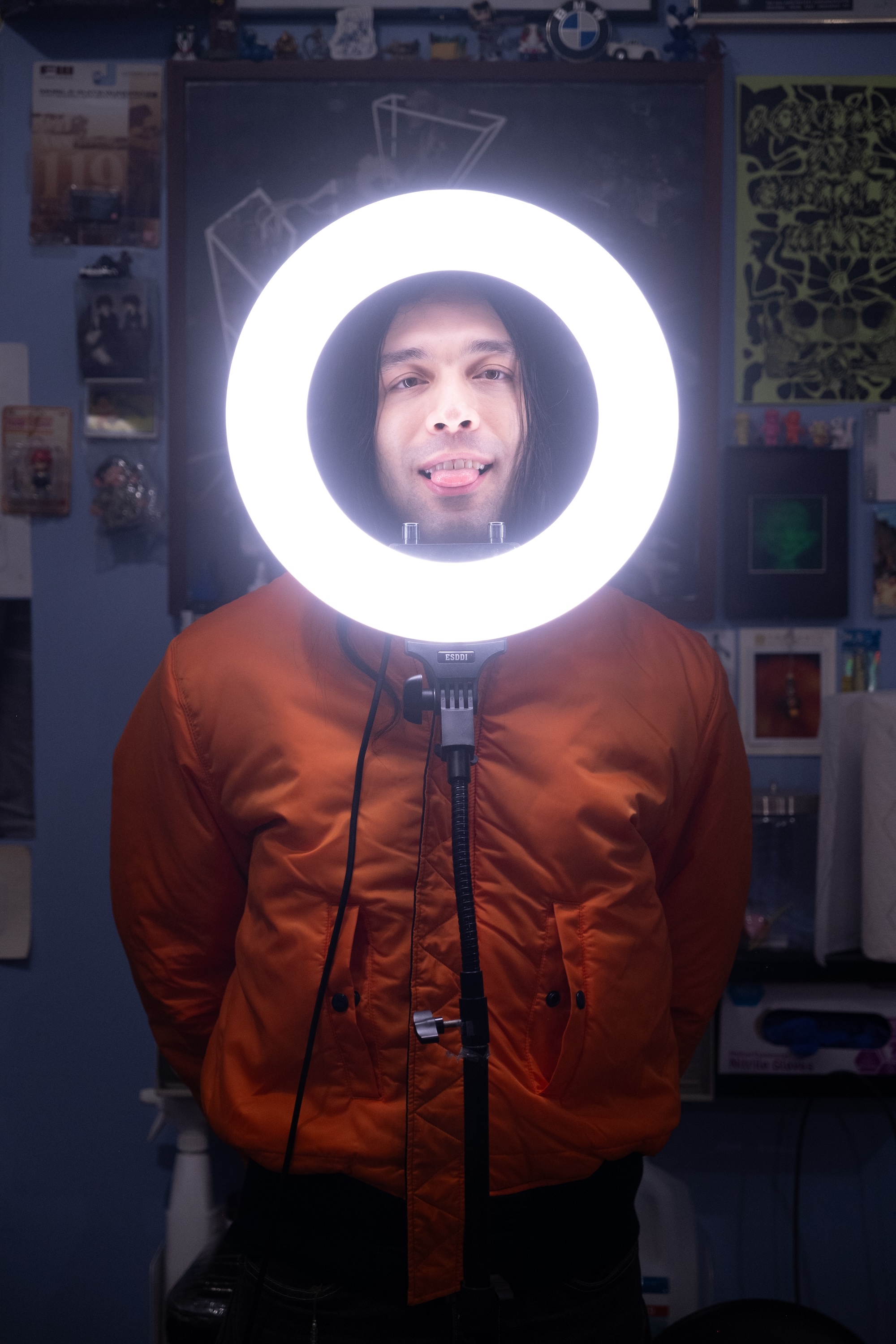
If you weren’t a tattoo artist, what would you be doing right now?
I would probably be an ascetic, and live on a farm. Or be a nurse. Or maybe a baseball player.